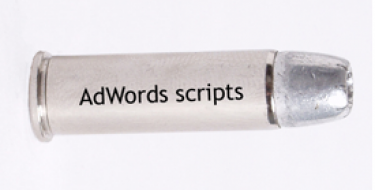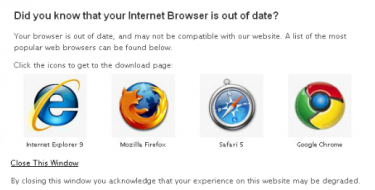Take Pride in Your Website
I recently bought a house, and as the fleeting satisfaction of home ownership wears away, I realize that it's a lot of work. I've got to furnish it, keep it clean, and keep it functioning, or it becomes more of a burden than an American dream. The same can be said for your website.
I feel like the majority of clients are very excited about the idea of their new Drupal website until they realize that this robust content management system actually requires content management. It pains me to see sites out there that have been poorly managed or just outright neglected.
A website really is like a home. You'll only get out of it what you put into it. You wanted it. You paid for it. Why would you not take care of it?
Because it's too difficult. Because it's too time consuming. Neither are good excuses, in my opinion. Any home improvement project worth doing takes time, effort, patience, and some personal pride in the outcome.
Here are some tips:
- Don't just focus on the home page. Dedicate some time to interior pages. Try to fill out each page—wrap it up as a complete thought.
- Work on your imagery. Pictures make a big impact, in a good (or bad) way. Make sure the tone of your imagery is consistent throughout the site and each picture makes sense with the content on the page.
- Keep your content updated. Audit your copy at times to make sure it's fresh and still inline with your message. Take time to break up your text into smaller paragraphs with appropriate headings. It will make it easier for your visitors to consume your content.
- If you've got the money, update! Although you won't likely be reselling your website, you should still consider it an investment. Appropriate changes to design and/or additions of functionality can go a long way toward exciting old customers and attracting new ones.
- If you, the client, have written something that is too long for the space provided by design, change your wording to make it fit. In some instances, a piece of content that simply looks bad will distract from the message you're trying to deliver.
Don't you want your home to be what you envisioned it to be the day you got the keys? Don't you want people to come visit and want to stay for a while? Don't you want to make a lasting impression on your visitors?
You've got to work at it. You've got to put in the time. You've got to take pride in your website. After all, homes really are no more than the people who live in them.
MONTHLY MARKETING INSIGHTS.
Get thought-provoking and actionable insights to improve how your firm makes a connection with your customers.





LEAVE A COMMENT
And it's mainly because I want to add that a client always should check any potential design to ensure it meets their content needs. This is a collaborative process that strives to align client needs/expectations with our expertise. If it's done properly, we shouldn't run into the kind of situation Andrew's describing here.
That said, it brings up an interesting point about the primacy of design vs. content. Andrew makes a good point that looks do matter, despite what we tell ourselves, but at what cost? When is a redesign called for?
Good point, Zach. In general, we do a pretty good job of working with clients to make the design as flexible as possible, after all, Drupal is meant for them to have the ability to cut and paste as they see fit.
I can recall countless occasions during the design phase where we play the "what if" game, for example, "What if the client writes a 3 line page title? Will that work in the design?"
So I ask, "What if the client writes a 1 billion line page title? Should that fit as well?"
The point is that whatever decision is made, 3 or 5 lines, the responsibility shifts to the client to have some sense about the page title they choose. Make it fit. Make it make sense. Make it look right or there is a potential to distract the reader from your message.
We shouldn't say, "Design vs. Content," because it's not a competition. It's a marriage. We do our part, and if the client does theirs, it a beautiful thing.